Counting Jinjiang | Nine groups of data to understand "Jinjiang experience"
Jinjiang, a county-level city under the jurisdiction of Quanzhou, Fujian, is named after the gentry of the Central Plains moved south to avoid the war and lived by the river during the Western Jin Dynasty.
Over the past 40 years of reform and opening-up, by vigorously developing private economy, brand economy and real economy, Jinjiang has jumped from a poor agricultural county to one of the top ten counties in the country, and embarked on the road of characteristic county development.
How does Jinjiang forge miracles? The answer is here:
From 1996 to 2002, the supreme leader comrades went to Jinjiang seven times in six years. In 2002, on the basis of investigation and study, he systematically and completely summarized the "Jinjiang Experience" and put forward "Six Persistences" and "Correctly Handling Five Relationships". This theory has become the ideological program and action guide to guide Jinjiang and even Fujian to accelerate reform and all-round development.
How awesome is the real economy express built with "Jinjiang Experience"? In the past 16 years, what new changes have taken place in Jinjiang?
First, Jinjiang’s new road to urbanization
Jinjiang has a land area of 649 square kilometers and a coastline of 121 kilometers. In 1992, the county was withdrawn to set up a city, which governed 13 towns, 6 streets and 395 administrative villages (communities). At the beginning of reform and opening-up, Jinjiang could not develop agriculture because of its rich hilly red soil and coastal saline-alkali sandy land, so it was necessary to introduce industry into the countryside and implement the development strategy of township enterprises. Since then, Jinjiang urban construction has entered the track.
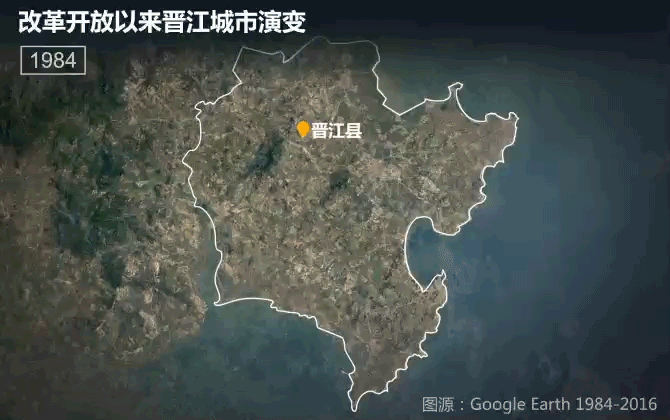
For a long time, Jinjiang has insisted on planning and construction of 649 square kilometers as a city, and truly realized the integration of a city and urban and rural areas. Take the expressway anywhere in Jinjiang within 15 minutes, reach any town in the urban area within 20 minutes, and reach between towns within 30 minutes. Jinjiang has gradually changed from a "mega-town" where cities are not like cities and rural areas are not like rural areas to a modern city with ecologically livable and perfect functions.
Second, Jinjiang’s regional GDP reached 198.15 billion last year.
By 2017, Jinjiang’s GDP had reached 198.15 billion yuan, an increase of 8.2% over the previous year, 1,366 times that of 1978, 7.2 times that of 2002 and 1.6 times that of 2012.
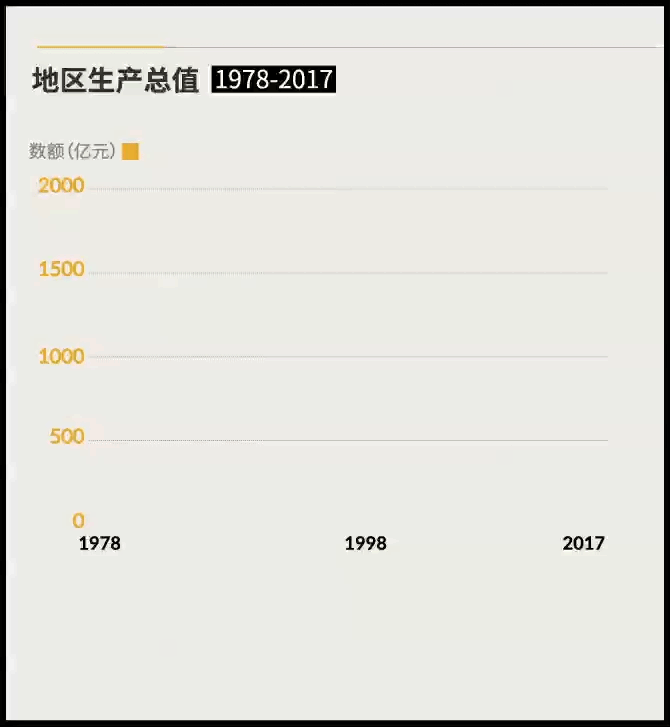
Jinjiang’s total economic output ranks first in Fujian Province for 24 consecutive years. In 2017, the top five counties (cities) in Fujian’s economic strength were Jinjiang, shishi city, Fuqing, Minhou and Nan ‘an. In addition, the basic competitiveness of county economy ranked 5-7 in China for 17 consecutive years.

In 1989, Jinjiang’s fiscal revenue exceeded 100 million yuan; In 2000, it exceeded one billion; In 2010, the total fiscal revenue of Jinjiang exceeded 10 billion yuan for the first time, reaching 10.023 billion yuan, becoming the first county-level city in Fujian Province. By 2017, the total fiscal revenue of Jinjiang City will be 21.223 billion yuan.
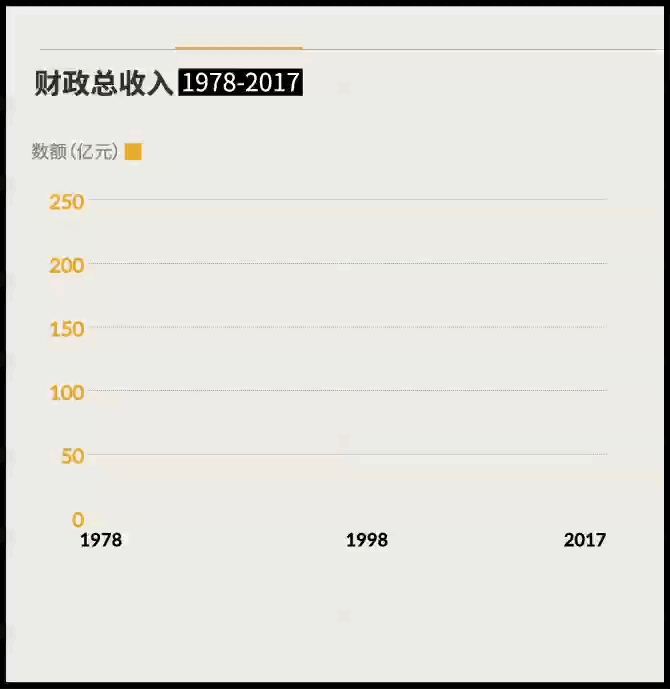
The most distinctive feature of the "Jinjiang Experience" is that it is firmly biting the development of the real economy and not relaxing. In the economic structure of Jinjiang, the real economy is booming. According to the data of Jinjiang Economic and Information Bureau, the contribution from the real economy accounts for more than 60% of the city’s total GDP, and the output value, taxes and jobs created by the real economy account for more than 95%.
In recent years, Jinjiang has accelerated the conversion of old and new kinetic energy, and the industrial structure has been continuously optimized. In 2017, the added value of the primary, secondary and tertiary industries in Jinjiang City was 2.129 billion yuan, 119.611 billion yuan and 76.41 billion yuan, down by 1.5%, up by 6.6% and up by 11.1% respectively.
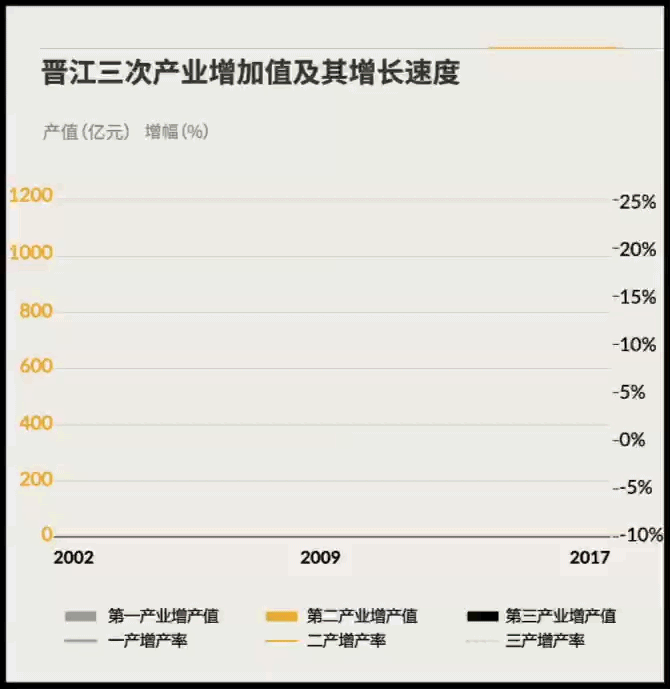
In the economic structure of Jinjiang, the private economy is "nine out of ten in the world". By the end of 2017, there were 51,100 enterprises in Jinjiang and 48,400 private enterprises.
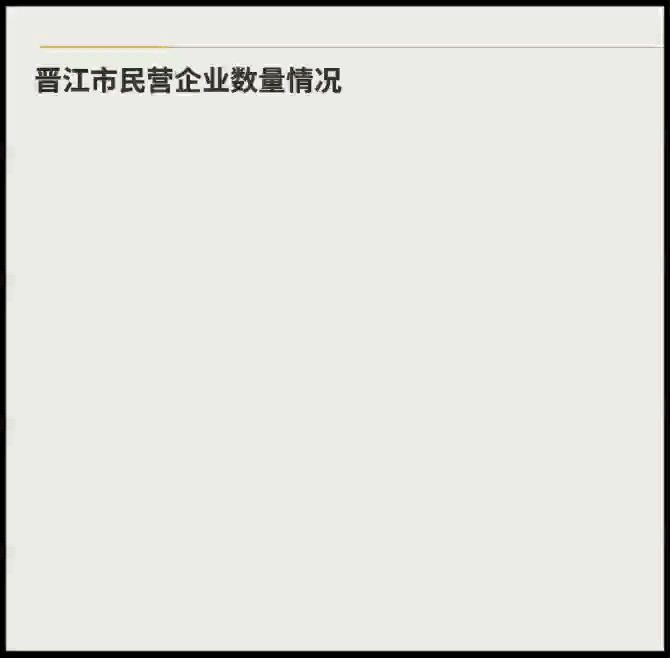
Driven by the support of private real economy, since the reform and opening up, the total industrial output value of Jinjiang City has increased at an average annual rate of 24%, achieving leap-forward development. By 2017, the total industrial output value will reach 481 billion yuan.
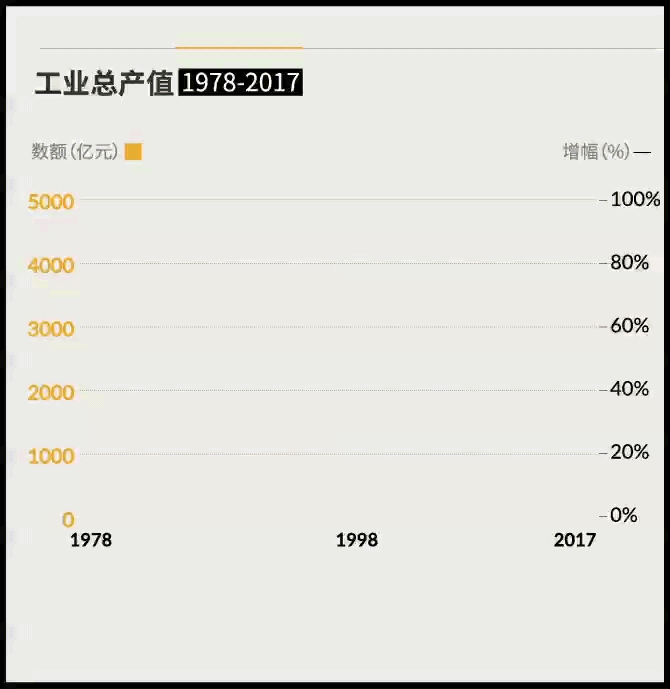
By 2017, Jinjiang had built two billion industrial clusters, namely, textile and clothing, shoemaking, building materials and ceramics, food and beverage, paper products, equipment manufacturing and new materials, with 822 enterprises exceeding 100 million yuan.
In 1992, two enterprises with industrial output value exceeding 100 million yuan appeared for the first time in Jinjiang. In 1998, the number of enterprises exceeding 100 million yuan exceeded 10; In 2003, there were 100 enterprises exceeding 100 million yuan; In 2014, there were over 600 enterprises exceeding 100 million yuan, and in 2017, there were 822 enterprises exceeding 100 million yuan.
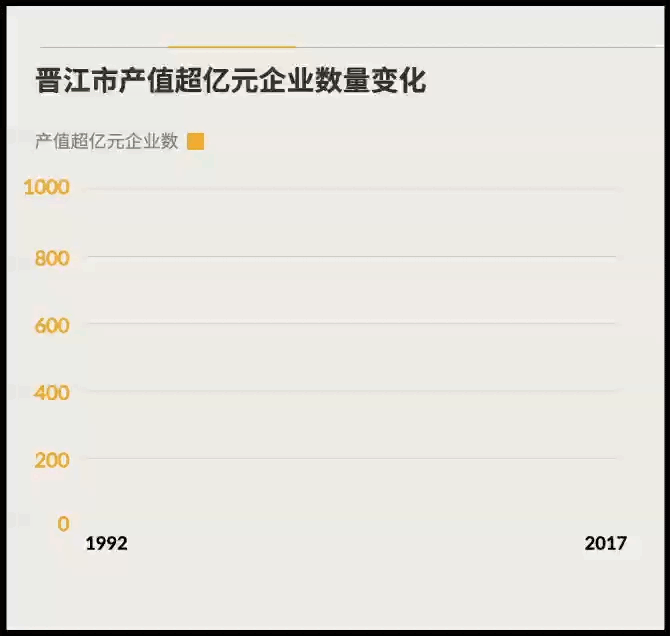
As of 2017, Jinjiang has 46 listed companies, and the number of listed companies leads all counties in China. In 1998, Hengan Group was listed in Hong Kong.
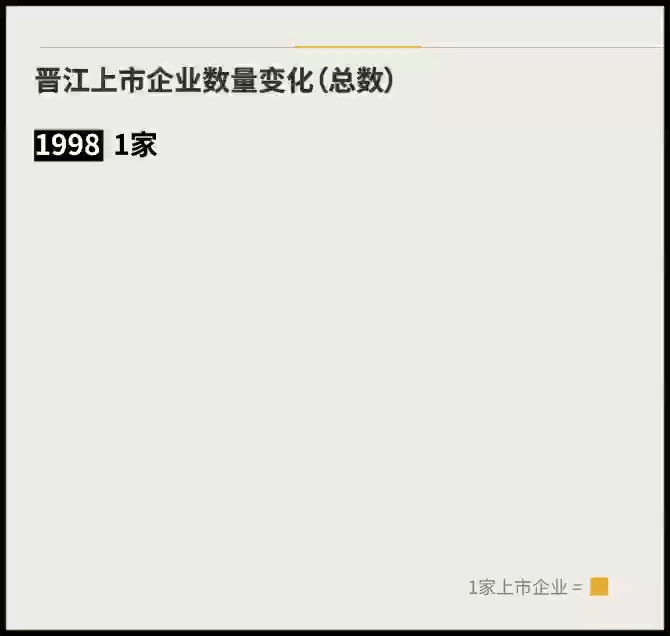
Data sources: Fujian Statistical Yearbook and China Academy of Social Sciences’ New Development and Enlightenment of Quanzhou’s Practice of Jinjiang Experience.
Special thanks: Jinjiang Municipal Bureau of Statistics and Propaganda Department of Jinjiang Municipal Committee.